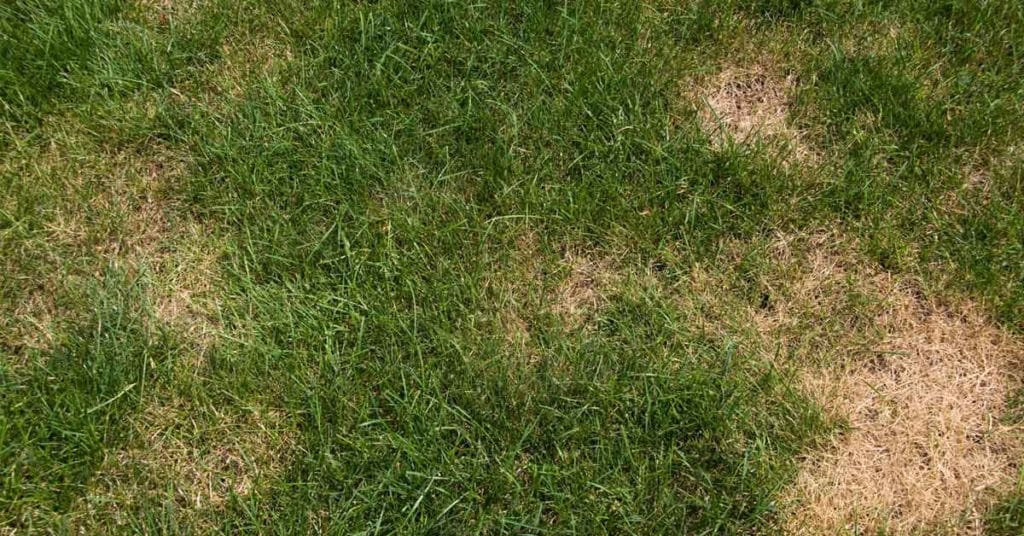Take it or leave it, having a beautiful and well-maintained lawn adds more aesthetic pleasure to your home. This is exactly why homeowners invest their time and energy—from mowing to watering and using fertilizers—just to attain that perfect lawn any visitor will admire. Still, regardless of the initiatives we do to keep our lawns in best shape, certain nemeses exist to threaten our lawn’s condition. These are the so-called lawn pests, which may come either in the form of insects or rodents.
To spot or detect infestation of lawn pests, we have to know the different types of pests that can invade and destroy our beautiful lawn. This will help us take the necessary measures to rescue our lawns early on and prevent similar pest problems from happening in the future.
Here are common devastating lawn pests:
-
Chinch Bugs
These tiny lawn pests could be seen by the naked eye if you inspect them at grass level particularly during a hot day. They have shiny wings and black, hourglass-shaped bodies. As they feed on grass blades, they release their toxic saliva making the grass unable to absorb water. Consequently, the grasses become withered and loosened from the soil causing them to eventually die.
Chinch bugs are such a nuisance because they suck the saps of all grasses in your lawn.
-
Grubs
Grubs are known as the larvae of beetles such as Japanese Beetles, masked chafers, and Green June Beetles. Most grubs are C-shaped and are known to tunnel through the soil and attack the roots of grasses. As a result, your lawn will have brown spongy patches or yellowish dying grasses.
Another indication you have grubs infesting your lawn is the arrival of armadillos, moles and/or skunks since these animals are usually attracted to grubs as their meal.
-
Mole Crickets
Mostly found in Southeast America, mole crickets also burrow through the soil resulting in finger-width tunnels and devastate your lawns by feeding on shoots and roots of grasses leaving your lawn with dying grasses and brown patches that feel spongy as you step on them (the patches). These lawn pests prefer to dwell in moist lawns because it is more convenient for their digging. Hence, to prevent mole crickets from invading your lawn, you have to avoid overwatering it.
Mole crickets are 3–5 cm long as adults and bodies that are cylindrical. They also have shovel-like fore limbs for burrowing.
-
Sod Webworms
Sod webworms are also known as lawn moth caterpillars. Certainly, they eventually transform into a moth after five weeks. Although these larvae do not consume grass roots, they do feed on foliage (grass blades and stems) typically at night. These pests cause instant and extensive damage to your turf so you need to do something immediately to stop infestation the moment you spot the presence of cream-colored moths in your lawn as this implies the existence of their larvae (sob webworms).
-
Army worms
Other invasive lawn pests are the wormlike larvae, army worms. Like sod webworms, they also turn into a moth after several weeks of eating foliage. As they feed, they leave behind brown patches that look similar to drought stress. As their name suggests, army worms come together in such large proportions (armies) as they destroy your lawn and consume your grasses specifically during the night or early morning away from the sun’s heat. The moth parent of army worms can lay as much as 500 eggs in just a single laying. Imagine every moth parent laying such large numbers of eggs each night! This is exactly the reason they multiply fast and cause devastation to your lawn in no time.
-
Ants
Regardless of what season it is, ants never stop working and doing their thing. Although these pests are not necessarily a threat to your grasses or plants—in fact, they are contributors to having a healthy soil—ants are still a nuisance because they build tunnels in the soil and small visible mounds, which affect the aesthetic value of your lawn.
Ants, especially fire ants, can give you such nasty bites.
-
Bees and Wasps
As we should be aware of, bees are known as nature’s best pollinators. They contribute greatly to agriculture; therefore, exterminating these insects would be downright inappropriate. Bees and wasps can be such a bother only because they sting or attack whenever they feel threatened or disturbed. This tendency of bees and wasps makes it difficult for people to use those areas in the lawn that are located near the bees’ nests. It is always advised that homeowners call for professional assistance when dealing with bees since these pests only need to be removed, not killed.
Wasps in the backyard. These stinging insects can be a hazard for your kids or pets as they can cause swollen bite marks or minor to severe allergic reactions.
Get Rid of Pests in the Backyard!
There are many ways to deal with or get rid of lawn pests. Experts’ advice and assistance must be sought so that homeowners can utilize appropriate methods and treatments for each type of pests.

